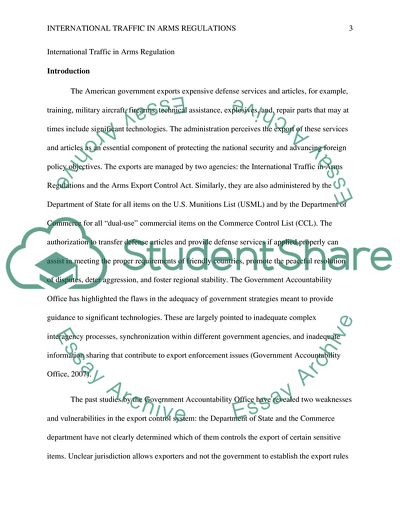Cite this document
(Export Control: International Traffic in Arms Regulations Research Paper, n.d.)
Export Control: International Traffic in Arms Regulations Research Paper. Retrieved from https://studentshare.org/politics/1791221-us-export-control-regulations-international-traffic-in-arms-regulations-itar
Export Control: International Traffic in Arms Regulations Research Paper. Retrieved from https://studentshare.org/politics/1791221-us-export-control-regulations-international-traffic-in-arms-regulations-itar
(Export Control: International Traffic in Arms Regulations Research Paper)
Export Control: International Traffic in Arms Regulations Research Paper. https://studentshare.org/politics/1791221-us-export-control-regulations-international-traffic-in-arms-regulations-itar.
Export Control: International Traffic in Arms Regulations Research Paper. https://studentshare.org/politics/1791221-us-export-control-regulations-international-traffic-in-arms-regulations-itar.
“Export Control: International Traffic in Arms Regulations Research Paper”, n.d. https://studentshare.org/politics/1791221-us-export-control-regulations-international-traffic-in-arms-regulations-itar.


